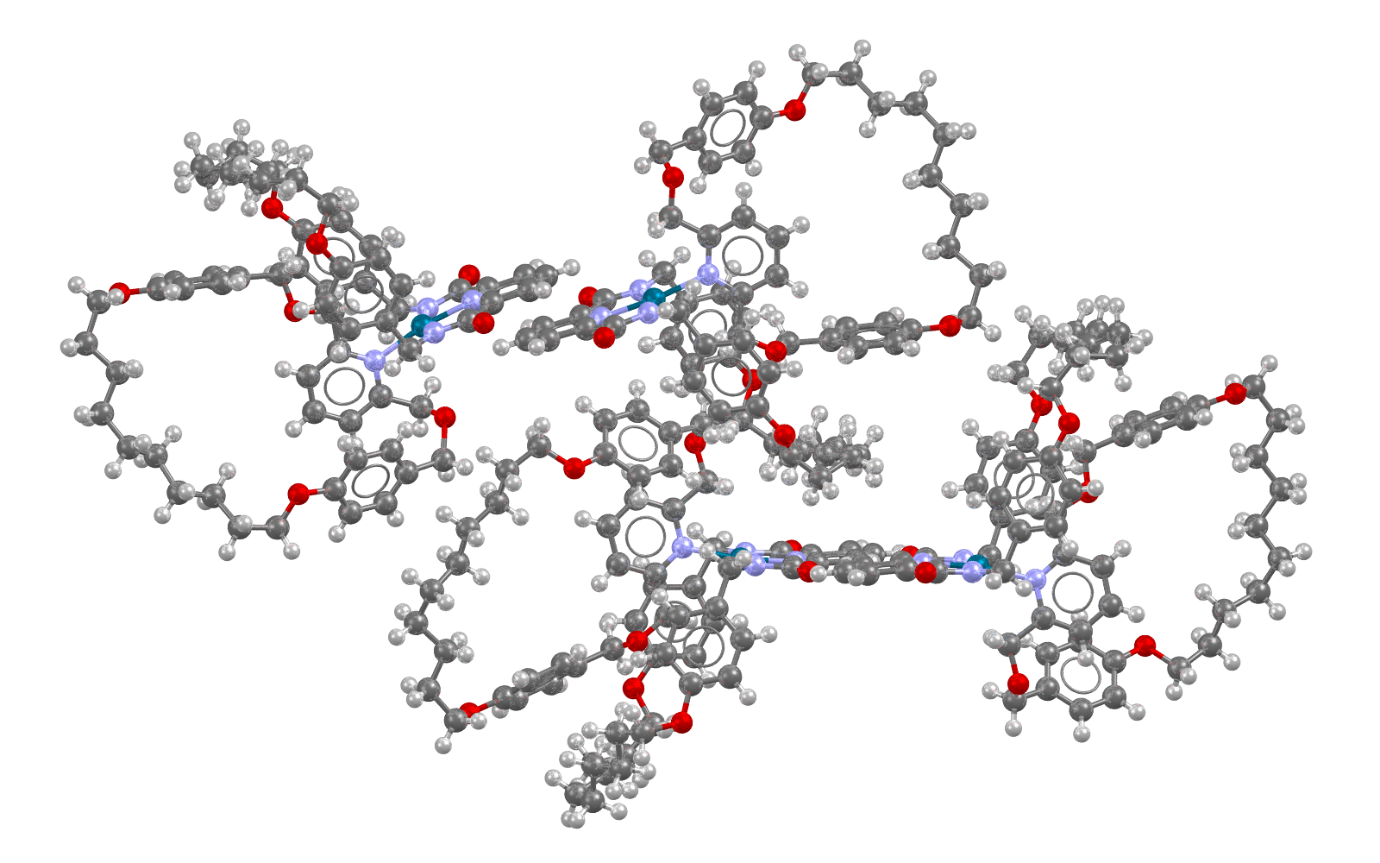CSD Heroes: Alexandra Martha Zoya Slawin
In the year that the CSD hit one million structures we are highlighting some of the most prolific contributors to the database. Our 5th CSD Hero in this series is Alexandra Martha Zoya Slawin who is currently 6th in our annual CSD author statistics. We wanted to thank Slawin for her contribution by doing what we do best – searching the CSD!
About Alexandra Martha Zoya Slawin
Alexandra Martha Zoya Slawin is Professor of Chemical Crystallography at the University of St. Andrews in the UK. Her research is primarily concerned with structure determination and its application to chemistry.(1) In 2011 she was elected Fellow of the Royal Society of Edinburgh for being one of the world’s leading chemical crystallographers.(2) She completed her PhD at the University of Loughborough and her BSc in Chemistry at Imperial Collage London.(3)
Alexandra M. Z. Slawin and the CSD
Alexandra is currently 6th in our annual list of most prolific authors in the CSD with over 3,500 entries dating back to 1984. She submitted a massive 276 entries in 2010, her busiest year yet! A graph showing the growth of Alexandra’s entries in the CSD per year is shown below.

A graph showing the growth of Alexandra’s entries in the CSD with new additions that year shown in darker blue
Alexandra has published structures in 107 different journals with 1,944 unique co-authors.
Her structures are diverse and include 65 different element types, a massive 297,142 atomic coordinates and cover 84 different space groups. One of her largest structures in terms of the number of atomic coordinates (616) is CSD Entry: QAVGIE which was published in J. Am. Chem. Soc. in 2005.

Alexandra’s structure with the largest number of atomic coordinates (616) – CSD Entry: QAVGIE, https://dx.doi.org/10.5517/cc9pb4f
Her entries are fairly spread across the organic (51%, 1,828 entries) and the metal-organic (49%, 1,735 entries) disciplines. Her structures have an average R-factor of 6.06, slightly above the average R‑factor of the entire CSD. This is probably due to her work on “supramolecular” systems such as catenanes and rotaxanes.(1) Only 17% of her structures have modelled disorder.

Infographic showing a breakdown of Alexandra’s entries
We have enjoyed browsing through Alexandra’s entries in the CSD. Each entry is valuable individually and collectively they contain a wealth of data that can be used by scientists worldwide. Thank you, Alexandra, for all your efforts and for all your wonderful structures!
Get involved
This is the 5th blog in our series of blog posts featuring the most prolific authors in the CSD which highlight some statistics and structures to celebrate their achievements and thank them for their phenomenal contribution. If you would like to share stories about these crystallographers, some of their fascinating structures or tell us about your heroes of the CSD you can tweet us at @ccdc_cambridge using hashtag #CSDHeroes19.
(2) https://www.rse.org.uk/fellow/alex-slawin/
(3) http://www.academia-net.org/profil/prof-dr-alexandra-martha-zoya-slawin/1215909
Tags